Emmanuel Lujan, PhD
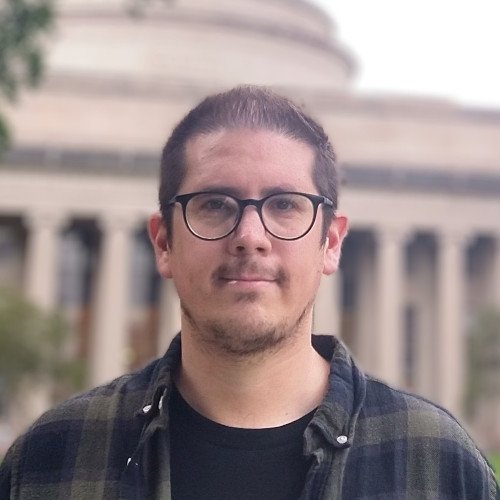
🏛︎ Research Scientist at MIT’s Computer Science and Artificial Intelligence Laboratory and member of the Julia Lab.
⚛ Research interests lie at the intersection of artificial intelligence, scientific simulation, and high-level high-performance programming—with applications in computational linear algebra and materials science.
✉ eljn@mit.edu
Projects
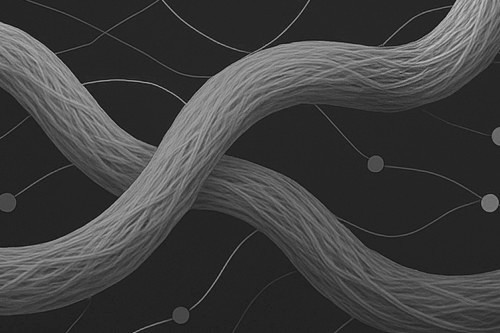
Julia & AI to generate the connective tissue of linear algebra The DARPA–MIT SmartSolve project seeks to advance AI‑guided algorithmic discovery and accelerate computations by generating improved strategies for algorithm and architecture selection. Our current work targets challenges in computational linear algebra, addressing the increasing complexity of choosing efficient solvers, data formats, precision settings, and hardware resources for structurally diverse matrices—an area where conventional approaches leave significant room for improvement. Our methodology involves building a comprehensive performance database through systematic benchmarking and applying automated Pareto analysis to reveal optimal trade‑offs between accuracy and speed. This database serves as the foundation for a data‑driven model that synthesizes dispatch strategies tailored for high‑performance linear algebra software.
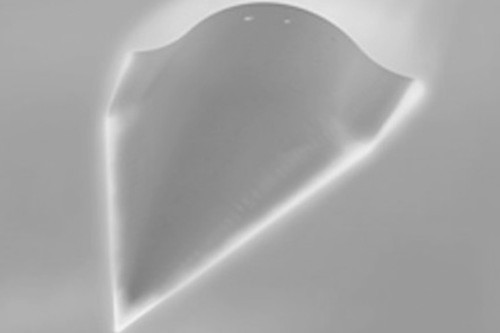
Julia & AI to scale the chemical diversity of machine learning interatomic potentials The Center for the Exascale Simulation of Materials in Extreme Environments (CESMIX) seeks to advance the state-of-the-art in predictive simulation by connecting quantum and molecular simulations of materials with state-of-the-art programming languages, compiler technologies, and software performance engineering tools, underpinned by statistical inference and uncertainty quantification. In particular, we work on enhancing the learning of interatomic potentials through novel algorithms and tooling for large-scale atomistic data curation, leveraging recent advances in Julia for high-performance computing abstractions and scientific machine learning.
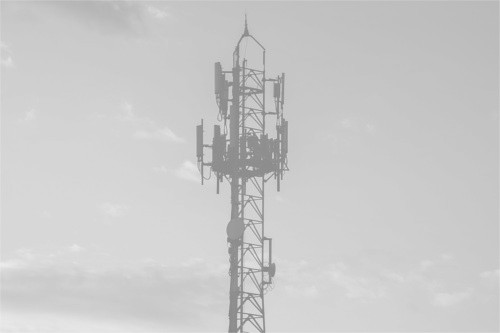
5G NB-IoT to connect sensors in extreme environments One of the IoT challenges is providing communication support to an increasing number of sensors. In recent years, a narrowband radio technology has emerged to address this situation: Narrowband Internet of Things (NB-IoT), which is an integral part of 5G. Despite the efforts, massive connectivity becomes particularly demanding in extreme coverage scenarios such as underground or deep inside buildings sites. We use novel computational models and simulations to enhance the future design of base station software, favoring connection support in extreme environments.
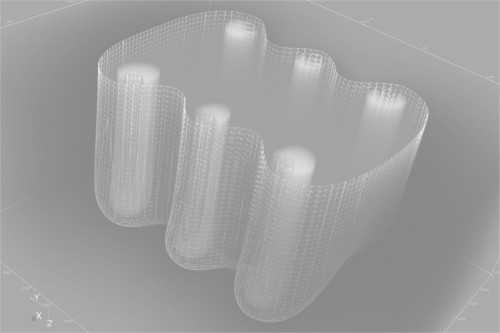
Modeling & simulation to unravel electroporation in cancer treatments Computational/mathematical models are used to study electroporation based treatments applied to solid tumors, e.g. irreversible electroporation, electrochemotherapy, and gene electrotransfer. We seek optimal combination of electrode geometries, field intensity, pulse length, heat distribution and conductivity to induce neoplastic cells death of primary tumor preserving most of healthy tissue. These types of therapies present high efficacy and low side effects, they could represent an alternative to traditional methods such surgery, radiotherapy or chemotherapy.
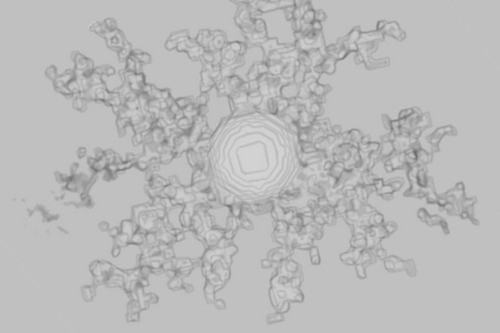
Exploring tumor growth through diffusion–convection modeling Computational oncology, which encompasses any form of computer-based modeling related to tumor biology and cancer therapy, have become target of numerous studies. In particular, mathematical models based on reaction-diffusion equations describing tumor proliferation and invasion into peripheral host tissue have proved to be of clinical relevance. In this context, we described the micro-environmental influence on micro-tumor infiltration patterns through in-silico/in-vitro experimentation. In order to simulate the core growth and peripheral tumor cell infiltration, considering a benign and a malignant stages, we implemented a reaction-diffusion based model, with spatially variable diffusion coefficient, into a three-dimensional domain. We hope to shed light in current therapy optimization strategies.
Publications
Pre-prints
NeuralPDE: Automating Physics-Informed Neural Networks (PINNs) with Error Approximations K. Zubov, Z. McCarthy, Y. Ma, F. Calisto, V. Pagliarino, S. Azeglio, L. Bottero, E. Lujan, V. Sulzer, A. Bharambe, N. Vinchhi, K. Balakrishnan, D. Upadhyay, C. Rackauckas.
Publications in peer-reviewed journals and conferences
When Structure is Silent: Opportunities for Algorithmic Dispatch in Linear Algebra. E. Lujan and A. Edelman IEEE High Performance Extreme Computing Conference. 2025.
Data-Driven Dynamic Algorithm Dispatch with Large Language Models. Outstanding Short Paper Award. R. Shah, E. Lujan, R. Alomairy, and A. Edelman. IEEE High Performance Extreme Computing Conference. 2025.
Decision-Support and Modeling with Large Language Models for Geothermal Well Arrays. E. Ouko, E. Lujan, A. Edelman, R. Metcalfe Stanford Geothermal Workshop. 2025.
OpenEP: an open-source simulator for electroporation-based tumor treatments. M. Marino, E. Lujan, E. Mocskos, G. Marshall. Scientific Reports, Nature. 2021. Code
Performance of D2D/NB-IoT Communications in Urban and Suburban Environments. R. Sumoza, E. Lujan, E. Mocskos. Winter Simulation Conference. 2021.
Extreme coverage in 5G Narrowband IoT: a LUT-based strategy to optimize shared channels. E. Lujan, J. A. Zuloaga Mellino, A. Otero, L. Rey Vega, C. Galarza, E. Mocskos. Internet of Things Journal, IEEE. 2019.
An integrated platform for smart energy management: the CC-SEM project. E. Lujan, A. Otero, S. Valenzuela, E. Mocskos, L. A. Steffenel and S. Nesmachnow. Revista Facultad de Ingenieria, Universidad de Antioquia. 2019.
Towards an optimal dose-response relationship in Gene Electrotransfer Protocols. E. Lujan, M. Marino, N. Olaiz, G. Marshall. Electrochimica Acta, Elsevier. 2019.
LibreGrowth: a tumor growth code based on reaction-diffusion equations using shared memory. E. Lujan, M. S. Rosito, A. Soba, C. Suárez. Computer Physics Communications Journal, Elsevier. 2019.
Lite NB-IoT Simulator for Uplink Layer J. A. Zuloaga Mellino, E. Lujan, A. Otero, E. Mocskos, L. Rey Vega, C. Galarza. XVIII Workshop on Information Processing and Control, IEEE. 2019.
Microenvironmental influence on microtumour infiltration patterns: 3d mathematical modelling supported by in vitro studies. E. Lujan, D. Soto, M. S. Rosito, A. Soba, L. Guerra, J. C. Calvo, G. Marshall, C. Suárez. Integrative Biology, Royal Society of Chemistry. 2018.
Cloud Computing for Smart Energy Management (CC-SEM project) E. Lujan, A. Otero, S. Valenzuela, E. Mocskos, L. A. Steffenel and S. Nesmachnow. Communications in Computer and Information Science, Springer. Congreso Iberoamericano de Ciudades Inteligentes (ICSC-CITIES 2018). Soria, España. 2018.
Modelado matemático de un patrón de invasión tumoral a través de ecuaciones de reacción-difusión y fractales DLA (Diffusion Limited Aggregation). E. Lujan, D. Soto, M. S. Rosito, A. Soba, L. Guerra, G. Marshall, C. Suárez. Mecánica Computacional, Vol. XXXV, 2017, pp. 387–400.
Mathematical modelling of microtumour infiltration based on in vitro experiments. E. Lujan, L. Guerra, A. Soba, N. Visacovsky, D. Ganda, J. C. Calvo, C. Suárez. Integrative Biology, Royal Society of Chemistry. 2016.
Optimal dose-response relationship in electrolytic ablation of tumors with a one-probe-two-electrode device. E. Lujan, H. Schinca, N. Olaiz, S. Urquiza, F. Molina, P. Turjanski and G. Marshall. Electrochimica Acta, Elsevier. 2015.
Electrolytic ablation dose planning methodology E. Lujan, H. Schinca, N. Olaiz, S. Urquiza, F. Molina, P. Turjanski and G. Marshall. IFMBE Proceedings. Vol 53. Springer. 1st World Congress on Electroporation. Portorož. Slovenia. Young investigator competition finalist. 2015.
Presentations, posters, and abstracts
Fast density functional theory for training machine learning interatomic potentials via large-scale atomistic sampling. E. Lujan, S. Wyant, and R. Alomairy. Institute for Artificial Intelligence and Fundamental Interactions (IAIFI) Summer Workshop, Harvard University. 2025.
Automated Algorithm Selection Discovery via LLMs. R. Shah, E. Lujan, and R. Alomairy. JuliaCon 2025, Lightning Talk.
Accelerating Neural Network Interatomic Potentials through Dimension Reduction Using Julia. R. Alomairy, E. Lujan, S. Wyant, J. Samaroo, J. Zou, R. Meyer, A. Edelman. Women in Data Science (WiDS) Cambridge. 2024.
Automating the composition of ML interatomic potentials in Julia. E. Lujan. JuliaCon. 2023.
Atomistic suite for CESMIX in Julia. E. Lujan. JuliaCon. 2022.
Towards MDP.jl: The Julia Library of MD Potentials. N. C. Nguyen, E. Lujan, W. S. Moses, A. Rohskopf, V. Churavy. JuliaCon. 2021.
The role of damage in reversible electroporation optimization: theory and experiments in a vegetable model. M. Marino, N. Olaiz, S. Michinski, P. Giunta, E. Lujan, E. Goldberg, A. Soba, C. Suárez, G. Marshall. 3rd World Congress on Electroporation and Pulsed Electric Fields in Biology, Medicine, and Food and Environmental Technologies. 2019
Invited speaker at “Workshop Internacional: Planificación de Transporte y Ciudades Inteligentes”. University of the Republic. Uruguay.
Mathematical model of glioma evolution and treatment by chemo and radiotherapy. K. Díaz , E. Lujan, A. Soba , G. Marshall , C. Suárez. 9 Argentinian Congress of Bioinformatics and Computational Biology (9CAB2C). 2018.
Towards an optimal dose-response relationship in electroporation-based tumor treatments. E. Lujan, M. Marino, N. Olaiz, G. Marshall. 2nd World Congress on Electroporation and Pulsed Electric Fields in Biology, Medicine and Food and Environmental Technologies. Norfolk, USA. 2017.
The concept of electroporation energy in electorporation-based models. N. Olaiz, P. Turjasnki, M. Marino, E. Lujan, A. Márquez, F. Minotti, S. Zucco, M. Tellado, S. Michinski, F. Maglietti, G. Marshall. 2nd World Congress on Electroporation and Pulsed Electric Fields in Biology, Medicine and Food and Environmental Technologies. Norfolk, USA. 2017.
An MPI-based implementation of a simplified actuator line model. (M. Ventura, L. Muino, N. Olaiz, E. Lujan) XIX Giambiagi Winter School. UBA. 2017.
Electrolytic ablation dose planning methodology. E. Lujan, H. Schinca, N. Olaiz, S. Urquiza, F. Molina, P. Turjanski and G. Marshall. 1st World Congress on Electroporation. Portorož. Slovenia. Young investigator competition finalist. 2015."
In silico generation of tumor invasion patterns. E. Lujan, A. Soba, N. Visacovsky, L. Guerra, G. Marshall and C. Suárez. VI Argentinian Conference on Bioinformatics and Computational Biology. Bahía Blanca. Argentina. Latin American Conference on Mathematical Modeling of Biological Systems. 2015.
Tissue damage in vaccination protocols based on electroporation: pH fronts and tissue natural buffering. M. Marino, N. Olaiz, E. Signori, F. Maglietti, C. Suárez, L. Colombo, P. Turjanski, S. Michinski, E. Lujan, G. Marshall. The 14th International Conference on Progress in Vaccination Against Cancer (PICAC-14). Rome. Italy. 2015.
Invited speaker. HPC-Day 2012 – High Performance Computing Day 41 JAIIO – Jornadas Argentinas de Informática. University of La Plata, Argentina. Title: “Feasibility study of a portable kit for Chagas-Mazza disease diagnosis and data centralization”. 08/30/2012.
Feasibility study of a portable kit for Chagas-Mazza disease diagnosis and data centralization. E. Lujan. High-Performance Computing Latin America Symposium, Buenos Aires, Argentina. 2012.